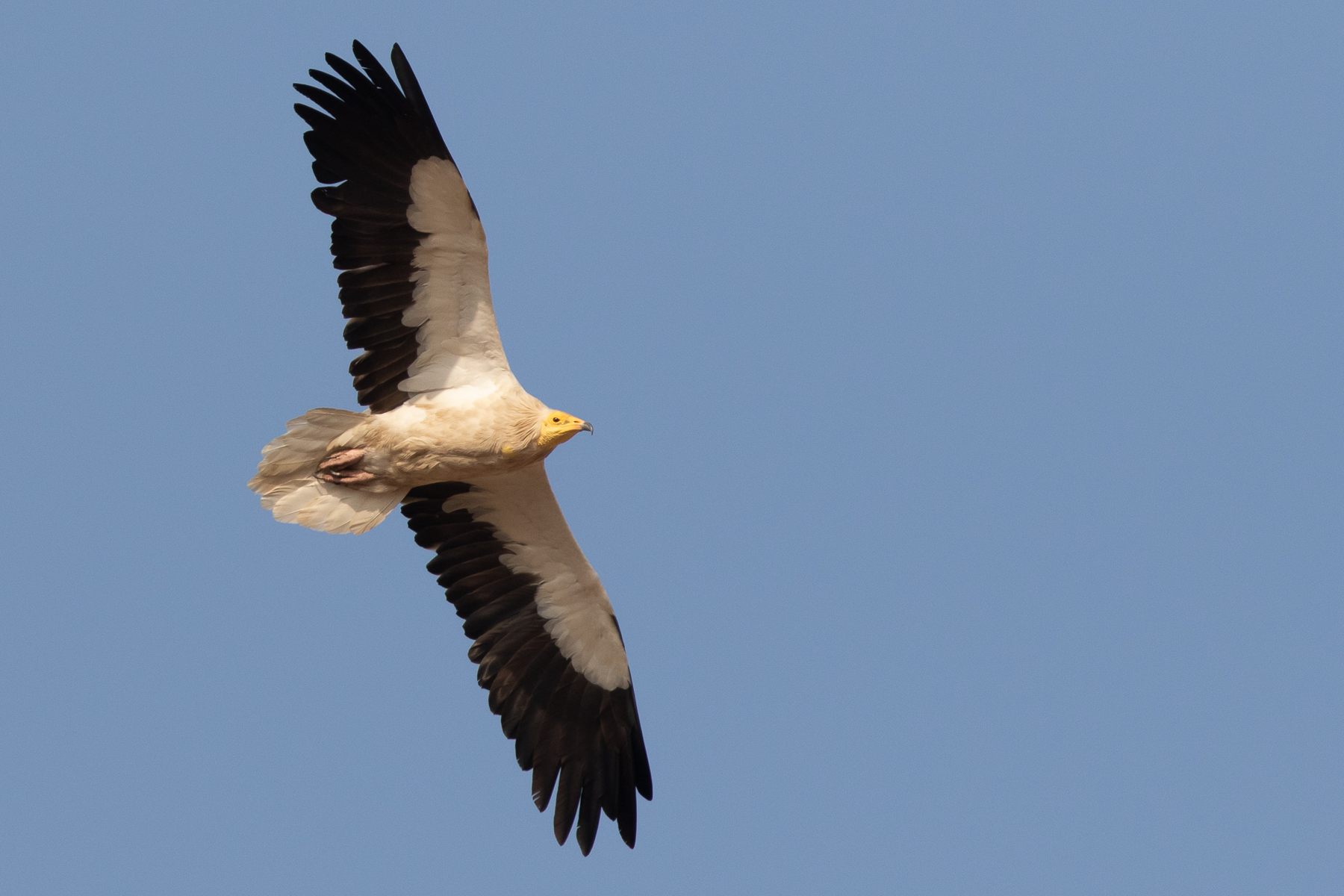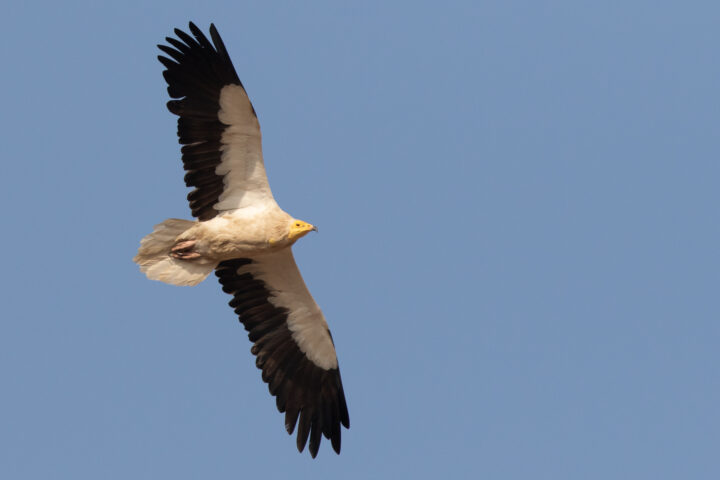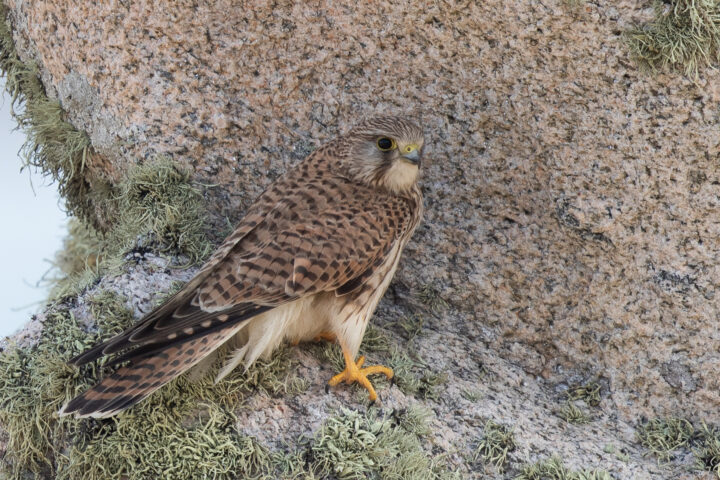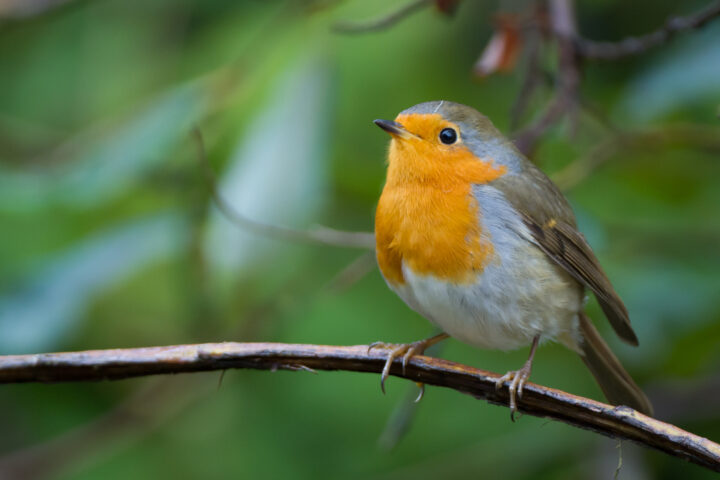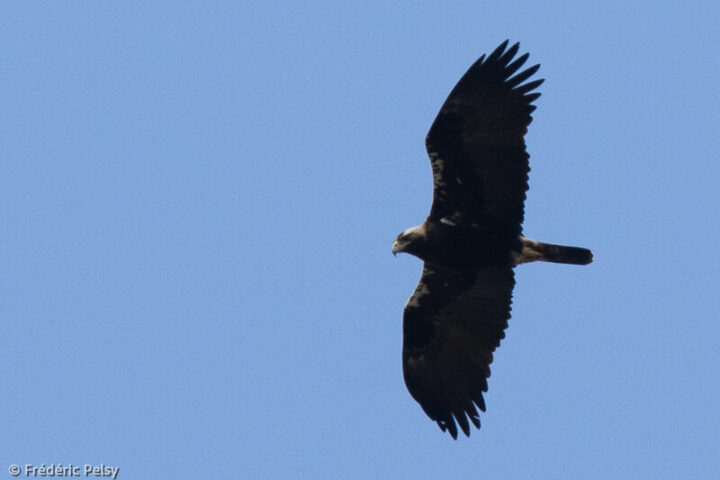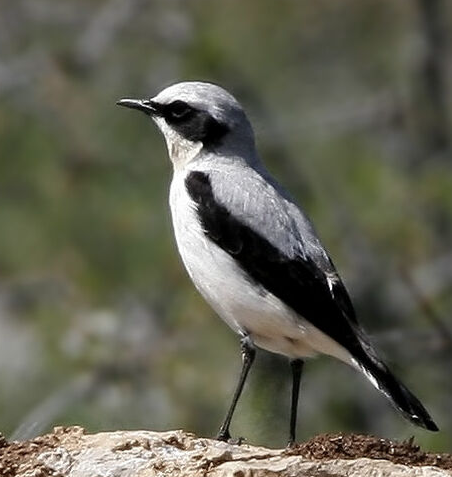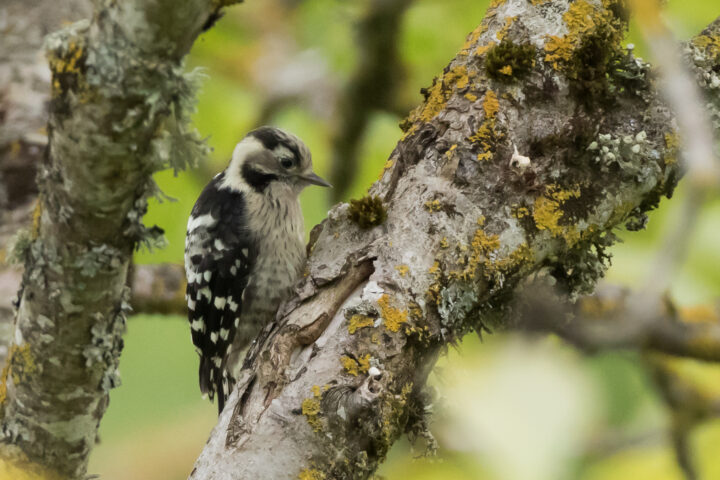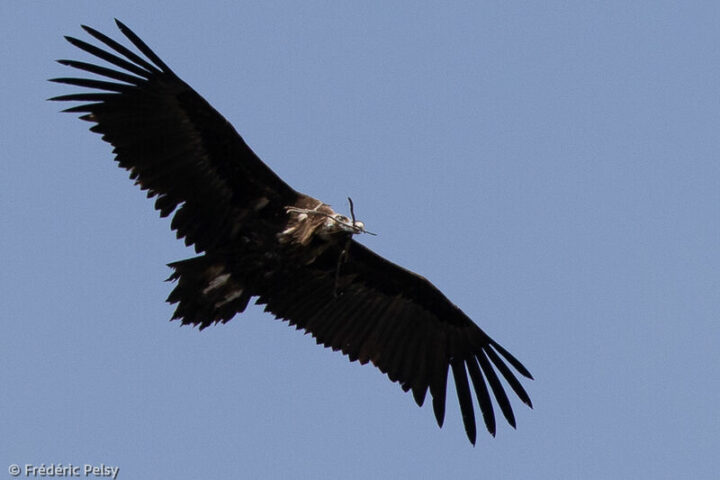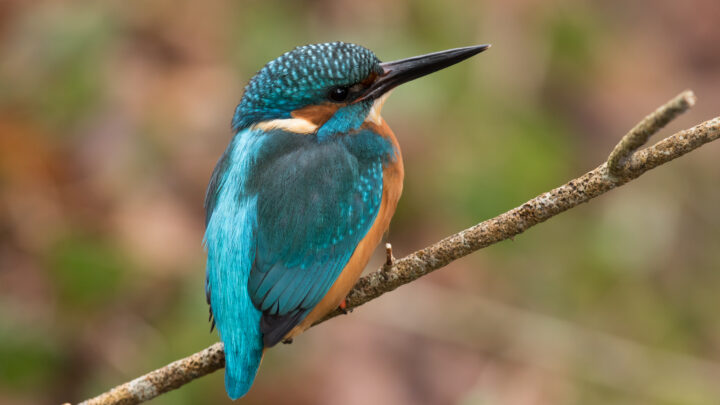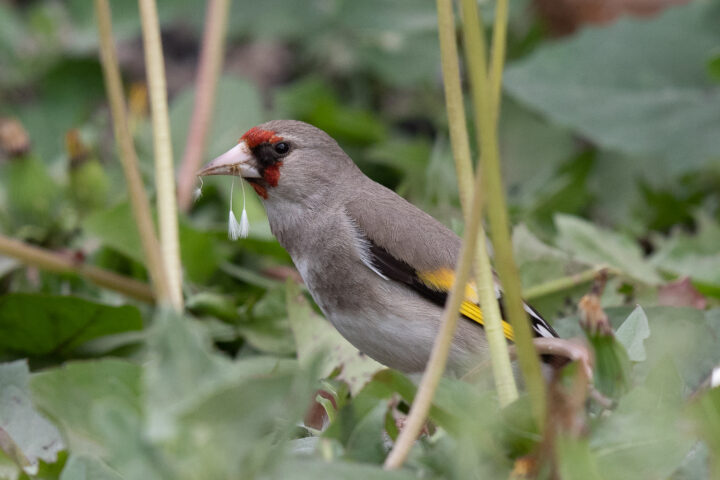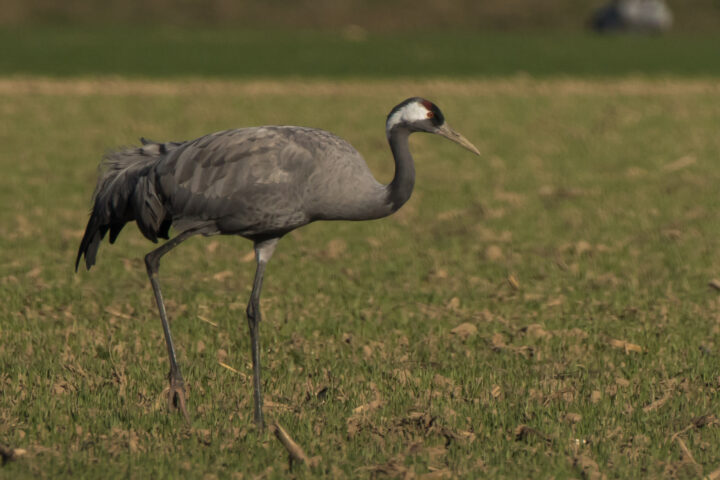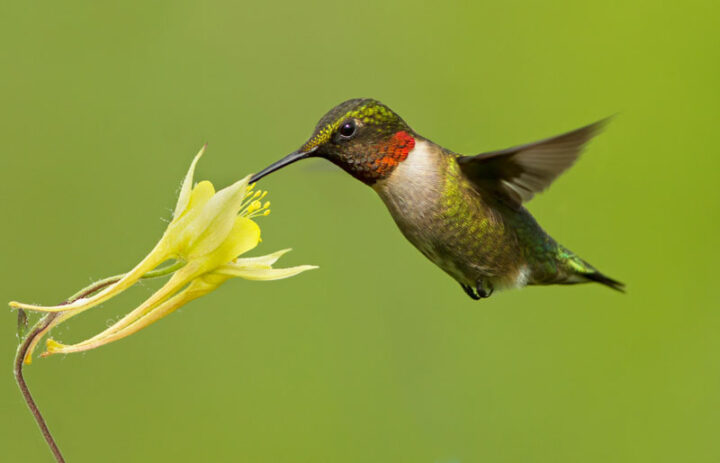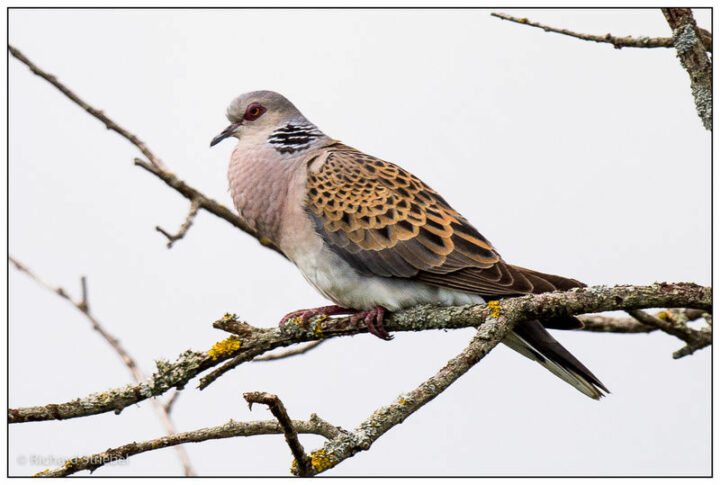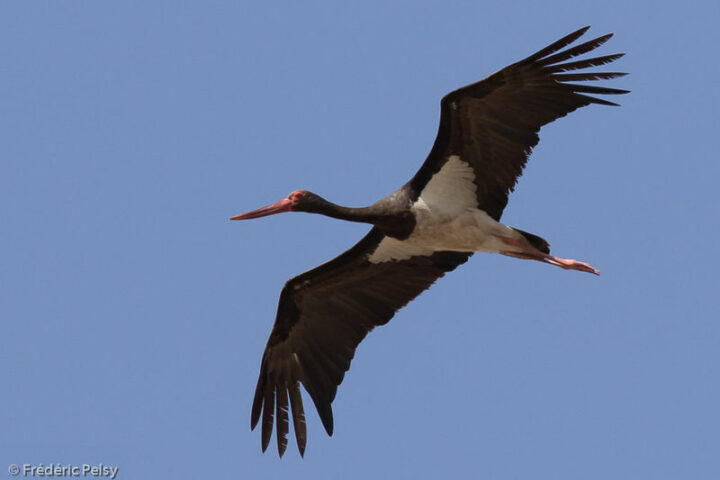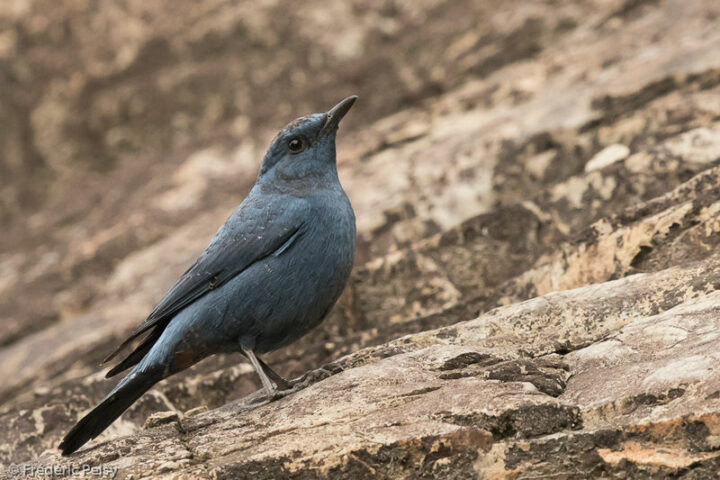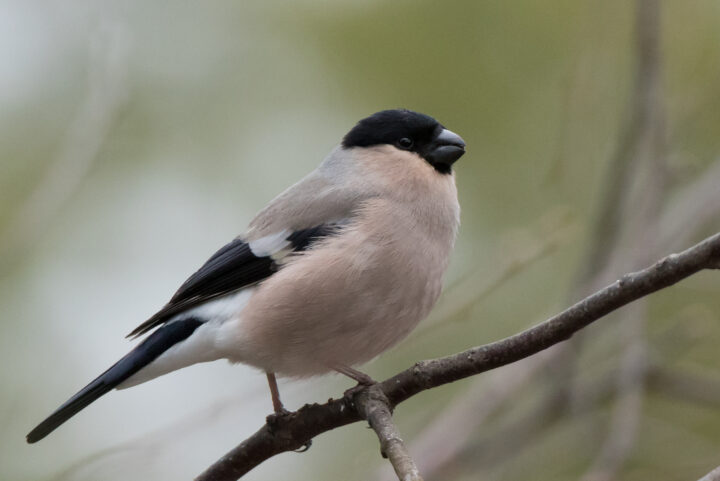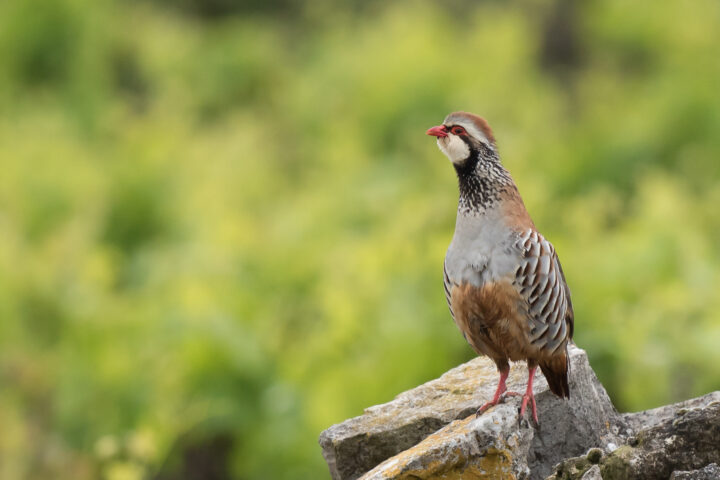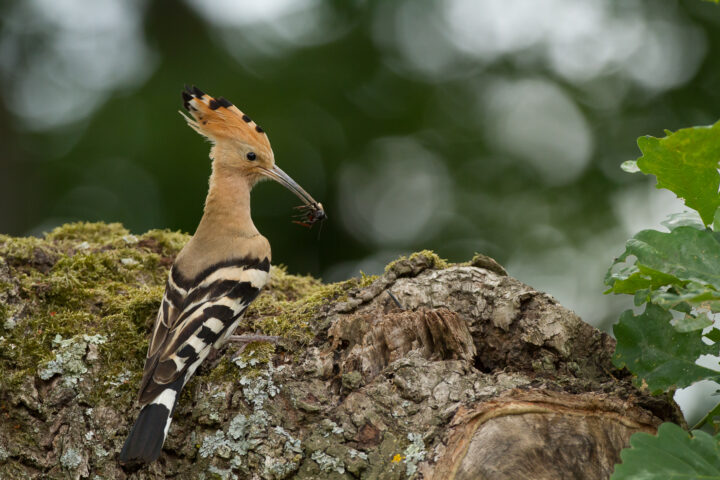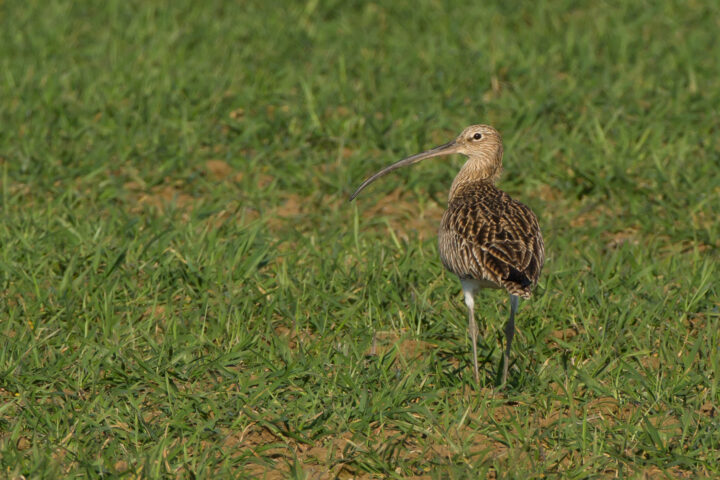Egyptian Vulture
Neophron percnopterus
Classification
- Order : Accipitriformes
- Family : Accipitridae
- Genus : Neophron
- Species : percnopterus
Binomial name
- Linnaeus, 1758
Biometrics
- Size: 70 cm
- Wingspan : 146 to 175 cm
- Weight : 1600 to 2200
Longevity
37 years
Vocalisation
The Egyptian vulture is not mute but its sound emissions are not very audible. It produces them during interactions with other individuals of the same species. They are whistles, meows, rolls and other scratched calls.
To learn more.
IUCN CONSERVATION STATUS

SHARE
IDENTIFICATION
Formerly called Egyptian Vulture, the Egyptian Vulture is a small vulture whose dominant colors are black and white as an adult. Males and females are similar. The body is white, more or less tinged with russet. White and also tinged with russet the tail is wedge-shaped. The aspect of the wings differs above and below. The bottom is very contrasted, white in front with the black remiges in the back. The top is more complex, less bicolored. In front, the coverts are white, tinged with russet brown. The primary covers are black. As for the remiges, they present each one a broad pale zone which contributes to the paleness of the top. The head presents a bare yellow face where the eyes and the auditory holes appear well. The long hooked beak is blackish with a yellow wax pierced nostrils. The legs are pink.
The juvenile is very different in appearance. Its plumage is chocolate brown. The front of its head is very pale, whitish and its legs are light pink. The plumage will gradually fade with age until sexual maturity at 4-6 years.
HABITAT
The Egyptian Vulture is found in open, dry or arid environments of the Old World, mainly at low altitudes but locally up to 3,000 m. Steppes, semi-deserts, savannahs, grasslands, cultivated areas, wetland margins, coastlines, loose and deprived urban areas and their periphery are used for foraging.
For nesting, like other vultures, it seeks essentially the steep rocky environments that can host the nest, essentially the rocky ledges of cliffs.
Threats – protection
The Egyptian Vulture is found in open, dry or arid environments of the Old World, mainly at low altitudes but locally up to 3,000 m. Steppes, semi-deserts, savannahs, grasslands, cultivated areas, wetland margins, coastlines, loose and deprived urban areas and their periphery are used for foraging.
For nesting, like other vultures, it seeks essentially the steep rocky environments that can host the nest, essentially the rocky ledges of cliffs.
La Gallerie








Find all the walls
15 walls
Place
14-16 Penpoll Road,London
Fresque
Hummingbird by Claire Ward ThorntonPar
Claire Ward-ThorntonOiseau
Ruby-throated HummingbirdPlace
Aknīste – Gārsene – Ausmas,LV-5218 Gārsene,
Lettonie Zemgale
Fresque
Black storksPar
Anda LāceOiseau
Black StorkPlace
Bruxelles BelgiqueFresque
Turtle DovePar
Aurore VegasOiseau
European Turtle DovePlace
Jarrestraße 20,22303 Hamburg,
Allemagne
Fresque
COMMON KESTRELPar
Hanadi ChawafOiseau
Common KestrelPlace
Lisbonne,Portugal
Fresque
Vulture & EaglePar
Tatiana SaumOiseaux
Spanish Imperial Eagle, Cinereous Vulture.Place
Kišpatićeva ul. 12,10000,
Zagreb,
Croatie
Fresque
Common KingfisherPar
Chez 186Oiseau
Common KingfisherPlace
1 Boulevard de Dresde,67000 Strasbourg,
France Grand Est
Fresque
Eurasian CurlewPar
Philippe BaudelocqueOiseau
Eurasian CurlewPlace
Tabor,1000 Ljubljana,
Slovénie
Fresque
Little TernPar
ŠkartOiseau
Little TernPlace
Roodborststraat 18,3083 WB Rotterdam,
Pays-Bas
Fresque
The European RobinPar
Marloes de KiewitOiseau
European RobinPlace
35 Rue du Général Leclerc92130 Issy-les-MoulineauxFresque
Five birds by MantraPar
MantraOiseaux
Common Kingfisher, Barn Swallow, European Goldfinch, Eurasian bullfinch, Lesser Spotted Woodpecker.Place
Place Seigneur de Monlezun,Sempesserre
Fresque
The Red PartridgePar
Adèle RenaultOiseau
Red-legged PartridgePlace
Ss Cyril & Methodius 44,Skopje 1000,
Macédoine du Nord
Fresque
Egyptian VulturePar
Dorotej NeshovskiOiseau
Egyptian VulturePlace
2 Place des Marseillaises,Marseille
Fresque
6 Mediterranean and American birdsPar
FikosOiseaux
Eurasian Hoopoe, Western Black-eared Wheatear, Blue Rock Thrush.Place
299 Avenue de l’Adour,Anglet
Fresque
11 migratory birds of the Basque coastPar
MioSHeOiseau
Common cranePlace
84 Rue du Chemin Vert,Boulogne-sur-Mer
